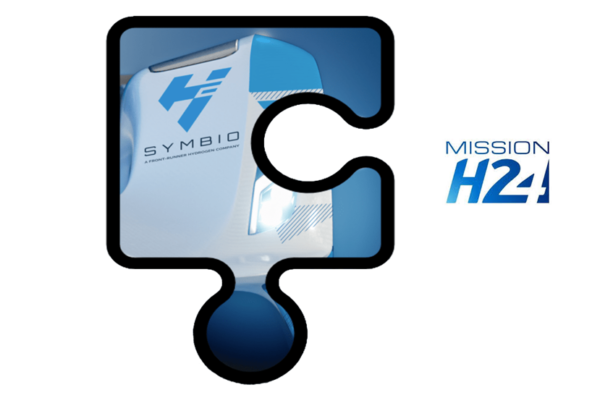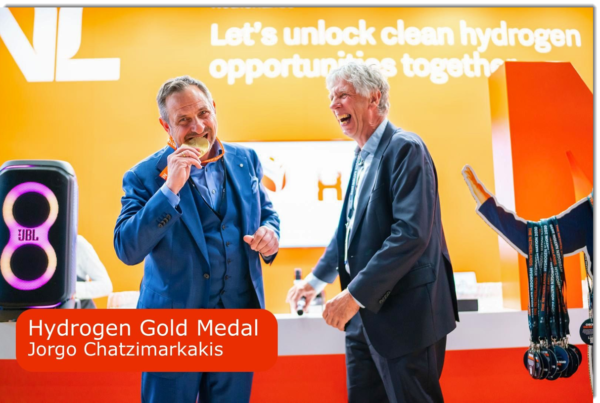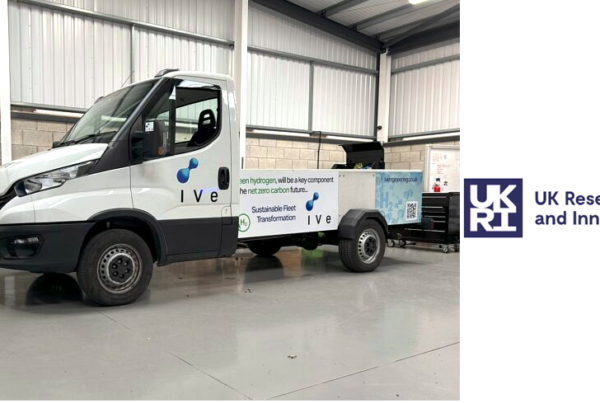
A momentous report detailing the state of legislation in the North Sea Region around hydrogen vehicles as well as production and distribution of the fuel has been compiled by HyTrEc2 partner Cenex.
Publication of HyTrEc2 Report: Hydrogen Transport Legislation and Standards in the NSR
The HyTrEc2 report has been completed as part of work package 3 by Cenex. The compilation of hydrogen transport legislation from the region should help drivers to feel confident travelling around the region, help companies to make better decision about fleet decarbonisation, and help legislators to see the full picture.

Main Message
The main message that emerged was that legislative requirements for H2 production, storage, distribution, and use increase with the amount of H2 produced or stored, and therefore has different implications for users of H2 vehicles, and those involved in H2 production, transportation, and retailing from H2 refuelling stations (HRS).
This report focuses on users of fuel cell electric vehicles (FCEVs), although legislation relevant to those involved in H2 production, distribution and retailing was also surveyed and summarised.
Findings relevant to these different stakeholders are summarised below:
FCEV users and fleet operators
FCEVs refuel with compressed H2 gas at HRS. H2 is stored on the vehicle in cylinders at a maximum pressure of 350 or 700bar. There is some interest in liquid hydrogen for certain applications. The HRS refuelling process is governed by internationally acknowledged standards such as SAE J2601 for 700 bar refuelling. A typical FCEV passenger car or small van consumes between 1 and 1.4 kg of H2 per 100 km driven and stores less than 10 kg of H2 onboard. Due to the relatively small quantity of H2 stored on board, provided a vehicle has been type approved for use on public roads it can be driven the same way as a conventional vehicle. Some local restrictions (for example limitations on parking underground, which should be avoided whenever possible) may apply. If a vehicle has received prototype or small series approval, then additional considerations, such as a need to inform regional fire services, can also apply. The same principles apply to all vehicles, including busses, HGVs, and non-road mobile machinery.
FCEV manufacturers and converters
Vehicle manufacturers and converters need approval that their vehicles can be operated on public roads in the NSR. Approval and certification of H2 vehicles is a nationally devolved activity. All EU countries have procedures and departments for providing approval for either small numbers of vehicles or type approval for a larger number of vehicles. The general principles covering the approval of vehicles for use on the roads in the NSR are closely related to EU legislation and directives and type-approval of a vehicle in one EU state should be valid in all EU nations. In practice, the German automotive sector has the most experience of H2 vehicle type approval.
Stakeholders involved in H2 production, transportation, and retailing
Although not the focus of this work, applicable legislation for H2 production, transportation, storage, and dispensing, particularly regarding HRS, was reviewed and is summarised in the report. The main message that emerged is that as the amount of H2 involved increases, so do the regulations, codes and standards (RCS) requirements.
The format of the report is outlined below:
- Abbreviations
- Executive Summary
- Introduction
- Scope of Work
- Introduction to Hydrogen for Transport in the NSR
- Energy Policy, Storage and Hydrogen Production in the NSR
- NSR Regulatory Requirements
- Lessons Learned
- Summary
There are informative data cards about each of the seven North Sea Region Countries starting on page 42 of the report.
The report and connected presentation can be found in the deliverable documents.
Read the most up to date Fuel Cell and Hydrogen Industry news at FuelCellsWorks




